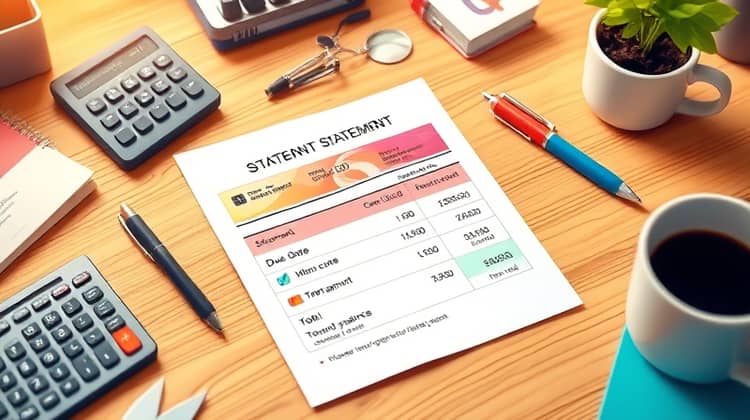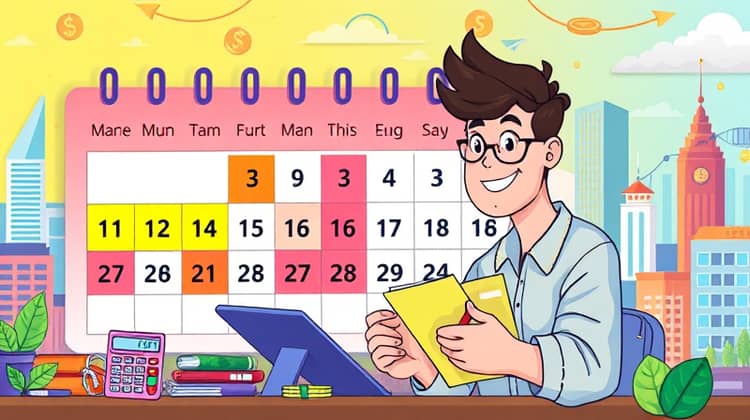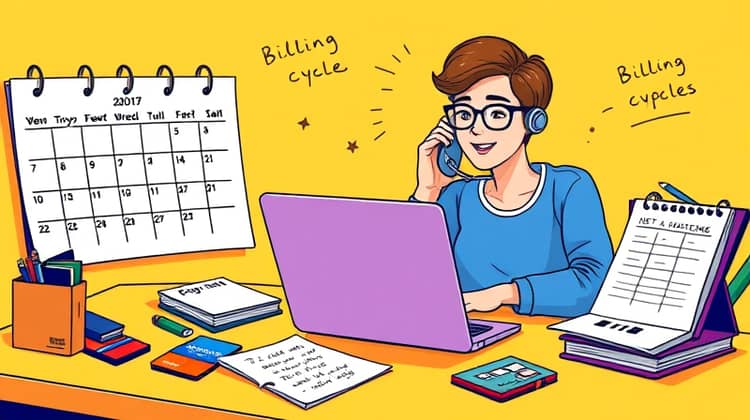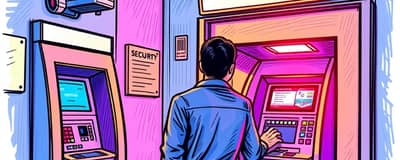Credit Card Statements: The Ultimate Guide to Optimizing Your Billing Cycle

Understanding how to properly manage your credit card billing cycle can make a significant difference in your financial health. It not only helps you avoid late fees and interest charges but also allows you to take full advantage of your card's benefits. With a few strategies and insights, you can optimize your billing cycle for greater financial freedom and control.
In this ultimate guide, we will cover everything you need to know about credit card statements, the importance of billing cycles, tips on how to change them, and common mistakes to avoid. Let's get started!
Understanding Credit Card Statements

Credit card statements are documents that provide a summary of your credit card activity for a specific billing period. These statements are issued monthly and include key information such as your total balance, minimum payment due, interest rates, and transaction history.
Understanding the components of your credit card statement is crucial for effective financial management. It helps you track your spending, plan your payments, and monitor your credit utilization.
- Statement date: The date your statement is generated.
- Due date: The date your payment is due to avoid late fees.
- Transaction summary: A detailed list of all purchases made during the billing period.
- Minimum payment: The least amount you can pay to remain in good standing.
- Total balance: The overall amount owed on your credit card.
Carefully reviewing your credit card statement each month can help you catch any errors, identify fraudulent activity, or even find opportunities to reduce spending.
Why Your Billing Cycle Matters

The billing cycle is the time period between credit card statements, usually lasting between 28 to 31 days. Knowing the length of your billing cycle is essential for managing payments and understanding when interest starts accruing on your balance.
A well-timed billing cycle can enhance your financial management. For example, if you sync your billing cycle with your payday, you can ensure that you have funds available to make full payments, thus avoiding interest charges.
How to Change Your Billing Cycle

Changing your billing cycle is typically a straightforward process that can be done through your credit card issuer. This might involve calling their customer service or using their online platform.
Prepare to discuss your current cycle and the reasons for wanting to change it. Have important information at hand, such as your account details and the desired new cycle dates.
- Contact your issuer: Reach out via customer service or online portal.
- Request a change: Specify your desired billing date or cycle length.
- Confirm the change: Ensure your request has been processed and you receive a confirmation email.
Once you have successfully changed your billing cycle, monitor your next few statements to ensure everything aligns with your financial goals.
Tips for Optimizing Your Billing Cycle

To make the most of your billing cycle, consider strategic timing of your purchases, payments, and even your bill due dates. Being intentional with these choices can lead to better financial health.
Monitor your spending patterns closely. This could help adjust your billing cycle to better suit your financial habits and improve cash flow management.
- Sync your payments with your income schedule.
- Pay off high-interest transactions first before the due date.
- Utilize alerts and reminders for payment dates to avoid late fees.
Implementing these tips can help you gain control over your credit card management, ultimately leading to a more positive financial situation.
Common Mistakes to Avoid

While managing your billing cycle, several pitfalls can derail your financial plans. Awareness of these common mistakes is essential to maintaining a healthy credit card profile.
- Ignoring the due date and incurring late fees.
- Not paying the full balance and accumulating interest charges.
- Missing out on rewards by not aligning purchases with billing cycles.
Avoiding these missteps will maximize the benefits of your credit card and support your financial goals.
Conclusion

In conclusion, understanding credit card statements and how to optimize your billing cycle can lead to improved financial management. By being proactive and making informed decisions, you can avoid many common pitfalls that lead to debt accumulation and poor credit.
Remember to review your statements regularly, communicate with your credit card issuer for any changes, and implement practical strategies to keep your finances in order. Your credit card should serve as a tool for financial empowerment, not a source of stress.






